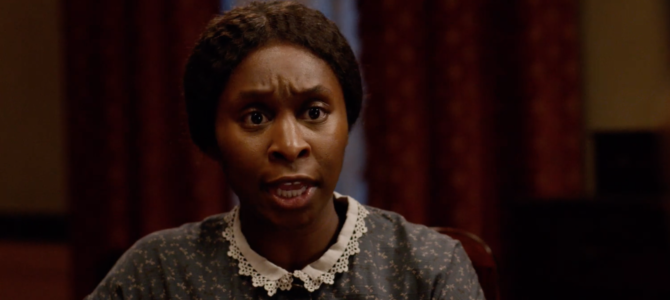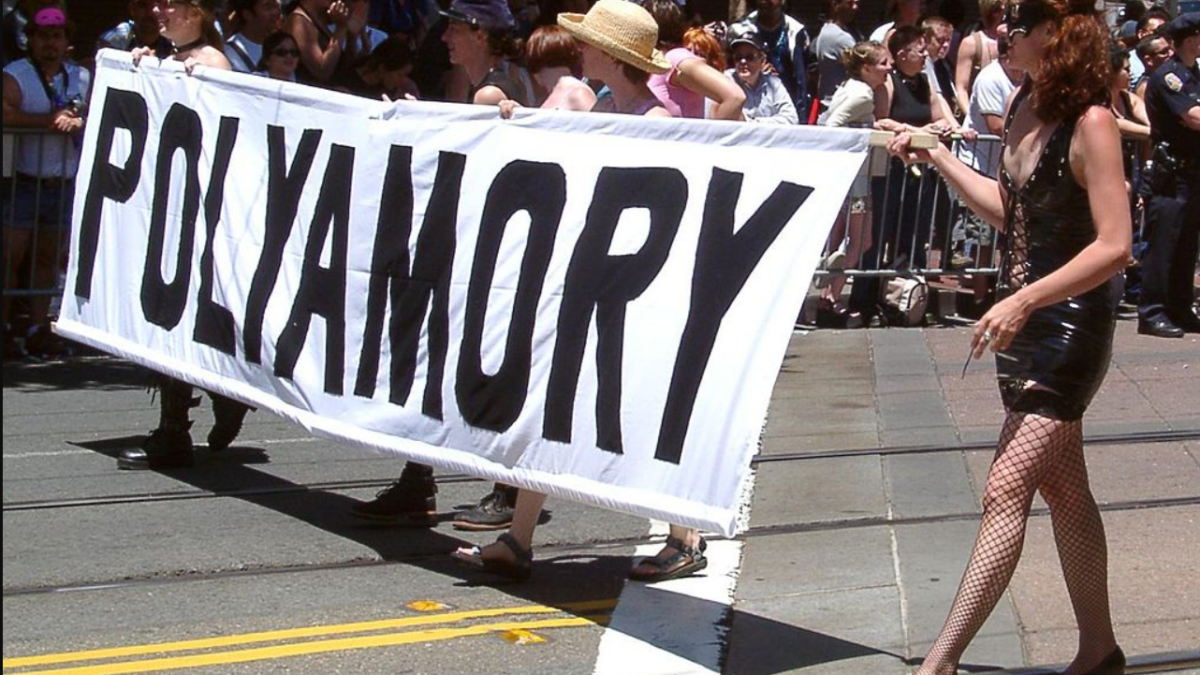
Harriet Tubman is one of those rare indomitable spirits in our nation’s history, and someone whose full story deserves to be better known. Still, I was wary of going to see the recent biopic starring Cynthia Erivo as the famed runaway-slave-turned-abolitionist. I was concerned the film would either be, like The New York Times 1619 Project, more incendiary fodder for the current woke fight-geist, or that it would resort to using viscerally shocking images such as those in “Amistad” or “12 Years a Slave” to tell its story.
After enough people told me to go see it, even saying I should take my 12-year-old daughter, I did. I am glad I listened. Whether the film’s creators intended it or not, “Harriet” is finely done and despite the usual amount of creative liberties that Hollywood normally takes with historic films, many aspects of the movie offer an accurate and balanced view of both Tubman and our country’s history.
While there is violence in the film, it is not prevalent or overly graphic. Instead, director Kasi Lemmons opts to show the evils of slavery in 19th-century America by simply telling a compelling story through the main characters in the film. From how they worship, to whom they are allowed to marry, to families being broken up, it is the sense of complete powerlessness, and the havoc that wreaks on the lives of the slaves, that is hardest to watch in the film. That’s especially true when it is deftly contrasted with the freedoms enjoyed by those Tubman encounters in the North after she first escapes to freedom.
The film can be seen as offering a more realistic portrayal of history in that it shows the problem of slavery as not being one of monolithic racial groups who were vying for some academically constructed idea of hierarchical supremacy, but one of fallen humanity. A humanity composed of individuals who are perfectly capable of acknowledging what is and isn’t in keeping with both divine and natural law, but who nonetheless chooses to act otherwise. A humanity whose whole society thus becomes disordered because of the way slavery forces individuals to live a life filled with exceptions and double standards.
We see white farmers who join posses to catch runaway slaves, as well as those who lie by omission and break the law to help slaves escape. It shows free blacks who are part of the abolitionist movement, as well as the grim but very human reality of freed black men in the South who chose to work as trackers for the slave catchers.
Through the actions of all these characters, whose motivations are as varied and complicated as any of us today, the film also brilliantly highlights our nation’s perennial struggle between federalism and statism. The right of citizens to govern locally and to form private charities to handle local matters is contrasted with a federal government that was established to protect its citizens’ inalienable rights, but which nonetheless was willing to compromise those rights out of political expediency.
This tension was demonstrated in the film by how the abolitionists’ rights to publish, speak, and petition the government against slavery, as well as offer assistance to runaway slaves, were contrasted against the passage of the 1850 Fugitive Slave Act. When it became apparent that federal courts and marshals were going to work in tandem with slave catchers to capture runaway slaves or even falsely abduct free blacks in the North, local abolitionists are shown loading Tubman and others onto ships to take them to Canada to complete freedom.
When a mob of slave catchers, including the son of Tubman’s old master, make a rush for the ship to grab the escaping slaves, we see the abolitionists exercise another one of their inalienable rights as they raise their rifles in defense to hold them back. As an aside, the scene shows how the Second Amendment can be a deterrent against government encroachment of civil rights, proving why everyone who dismisses it as some kind of InfoWars conspiracy scenario is mistaken. As I have written elsewhere, it is until it isn’t, as is seen in the film and in history.
Tubman herself is armed in the movie, as she was in real life, for defense and to goad reluctant passengers onto the Underground Railroad. Later, she is shown speaking to a group of black union soldiers before leading them on a raid to rescue slaves on a plantation in South Carolina. Her words are as clear in the movie as they were in real life, arguing as Abraham Lincoln would later intone in his famous second inaugural address that slavery had to be eradicated. By force if necessary.
Where I think the film will truly resonate with some viewers is in the way it unabashedly puts Tubman’s Christian faith front and center in her words and actions. In the film as in real life, Tubman is shown receiving messages she believed were from God, which were related to a head injury she suffered in her youth. They are shown to be key in her willingness to risk her freedom and her life a total of 13 times, logging hundreds of miles, to bring a total of 70 people out of bondage.
Tubman’s faith is not a Hallmark Channel or Pureflix kind of faith, but one that is narratively and historically pure via dolorosa, tread by someone who could honestly say she knew what Christ suffered when he was scourged, and really knew what it meant to “walk through the valley of the shadow of death.” A faith that exemplified being “in the world but not of it” as the admonition to “render unto Caesar” was put to the test, while Tubman obeyed the precepts of her faith in defiance of the law of the land.
In short, “Harriet” shows us that Tubman possessed a faith so strong she was willing to live out the parable of the shepherd leaving 99 sheep to find a lost one. In a world where all of us are prone to take the freedoms that someone like Harriet Tubman helped ensure for granted, “Harriet” is well-worth seeing.









